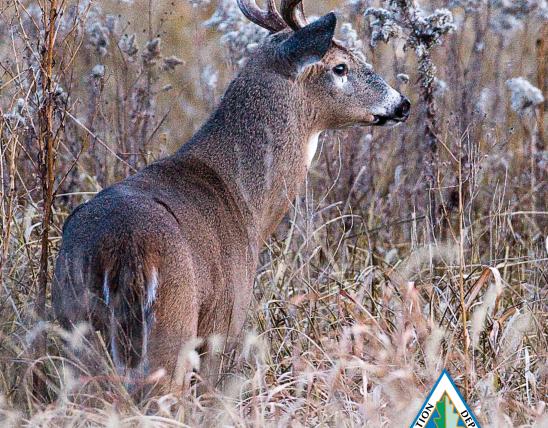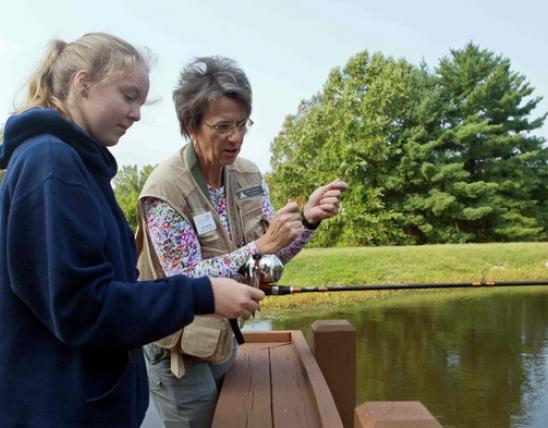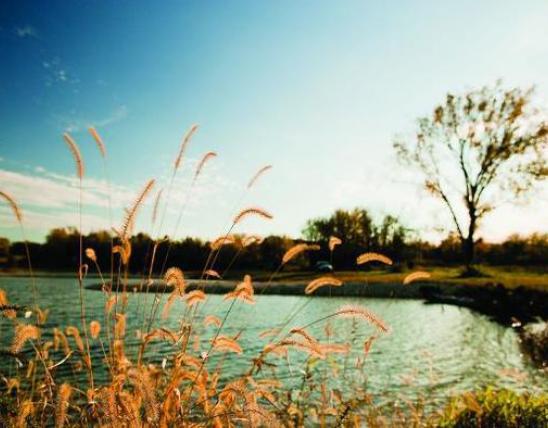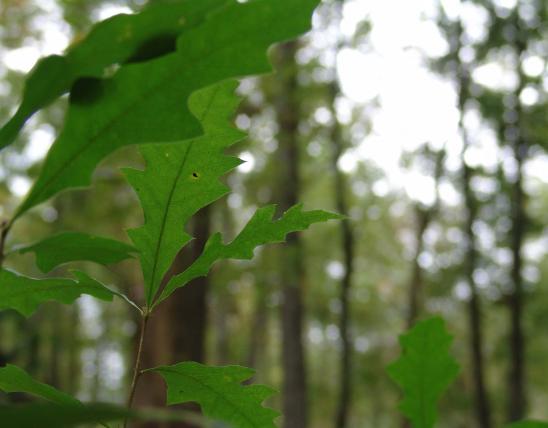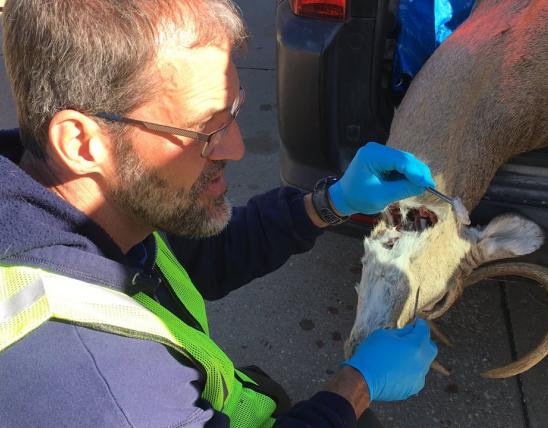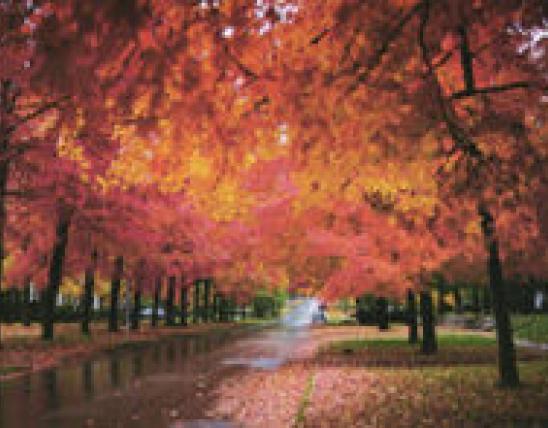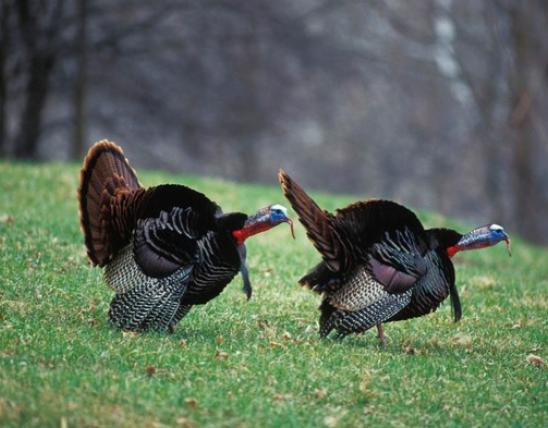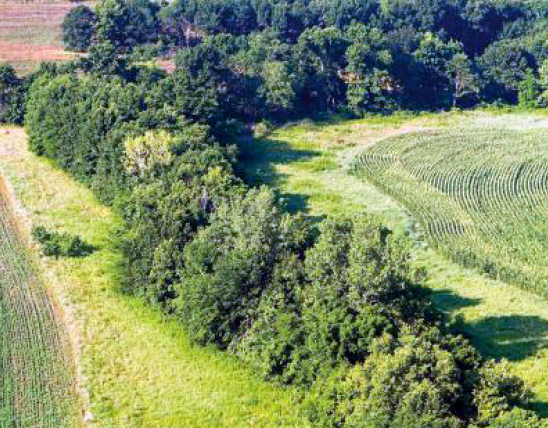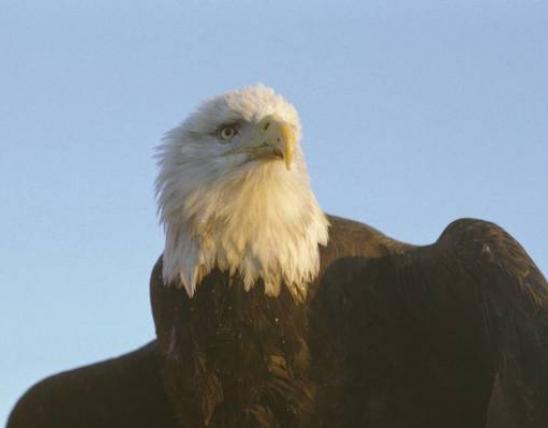Land Invertebrates
Media

Species Types
Scientific Name
Cotinis nitida
Description
The green June beetle is a common type of scarab beetle in Missouri. These large, metallic green beetles buzz loudly when they fly. They are attracted to ripe and rotting fruit and compost piles.
Media
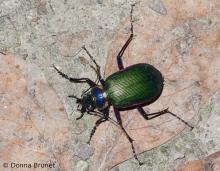
Species Types
Scientific Name
About 2,400 species in North America north of Mexico
Description
Ground beetles are a family of mostly nocturnal or light-shunning beetles that tend to be shiny black and have grooved wing covers. This group also includes tiger beetles, however, which includes many colorful daytime fliers.
Media
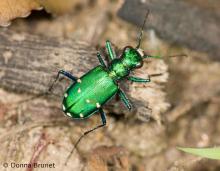
Species Types
Scientific Name
Subfamily Cicindelinae (about 100 species in North America)
Description
Dizzyingly fast runners and fliers, tiger beetles are remarkable, and often very colorful, insect predators.
Media
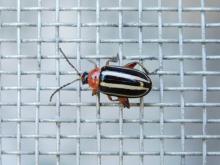
Species Types
Scientific Name
About 2,000 species in North America
Description
Leaf beetles, or chrysomelid beetles, are members of a large, diverse, often very colorful beetle family. As the name suggests, they eat leaves and other plant parts and are common on foliage.
Media
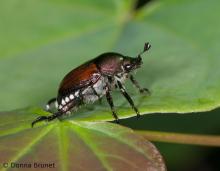
Species Types
Scientific Name
Popillia japonica
Description
Despite its decorative bronze wing shields, metallic green thorax, and black-and-white striped abdomen, the Japanese beetle is a serious agricultural pest.
Media

Species Types
Scientific Name
Nicrophorus, Necrophila, Necrodes, and others
Description
Beetles in the family Silphidae are called carrion beetles, burying beetles, and sexton beetles. They are usually black and often have red, orange, or yellow markings. Members of this group eat dead animals or scavenge dung or decaying plant material.
Media
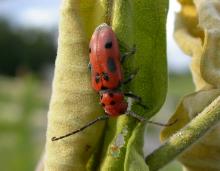
Species Types
Scientific Name
About 1,000 species in North America north of Mexico
Description
Longhorned beetles are elongated and cylindrical, with antennae that are at least half the length of the body — sometimes much longer. The larvae are grubs that bore in wood or other plants. Some are serious pests.
Media
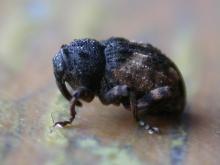
Species Types
Scientific Name
About 2,500 species in North America north of Mexico
Description
Weevils are plant-eating beetles with a characteristic long, down-curving snout. The antennae are clubbed and elbowed. There are thousands of weevil species.
Media
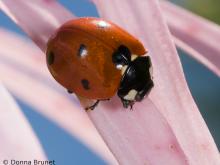
Species Types
Scientific Name
Nearly 500 species in North America north of Mexico
Description
Lady beetles are beloved for many reasons. Farmers like the way they devour injurious aphids and scale insects. Everyone else appreciates their bright colors and shiny, compact bodies.
Media
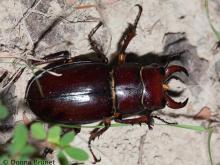
Species Types
Scientific Name
About 40 species in North America north of Mexico
Description
Stag beetles are a family that, though not very colorful, have prominent pincers! Male stag beetles usually have enlarged, sometimes astonishing jaws. These “antlers” give rise to the common name.
See Also


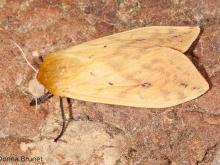
Media

Species Types
Scientific Name
Cisseps fulvicollis
Description
The yellow-collared scape moth is more often “orange-collared.” And whether you think it looks more like a firefly or a wasp, it’s still a moth!
Media

Species Types
Scientific Name
Nearly 150 species in North America north of Mexico
Description
Slim, delicate plume moths are instantly recognizable by their T-shaped silhouette, long legs, and muted shades of tan and brown. It can be hard to separate the various species.
Media

Species Types
Scientific Name
Pyrrharctia isabella
Description
Not many people know the adult Isabella tiger moth when they see one, but we’re all acquainted with its caterpillar, the woolly worm, or woolly bear.
About Land Invertebrates in Missouri
Invertebrates are animals without backbones, including earthworms, slugs, snails, and arthropods. Arthropods—invertebrates with “jointed legs” — are a group of invertebrates that includes crayfish, shrimp, millipedes, centipedes, mites, spiders, and insects. There may be as many as 10 million species of insects alive on earth today, and they probably constitute more than 90 percent all animal species.

